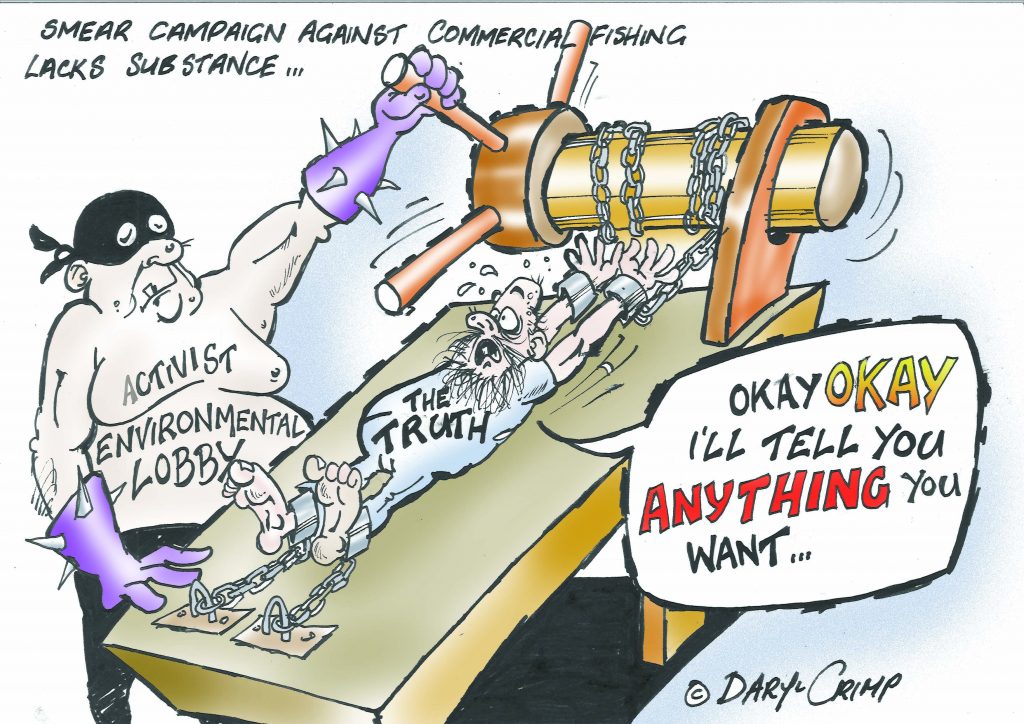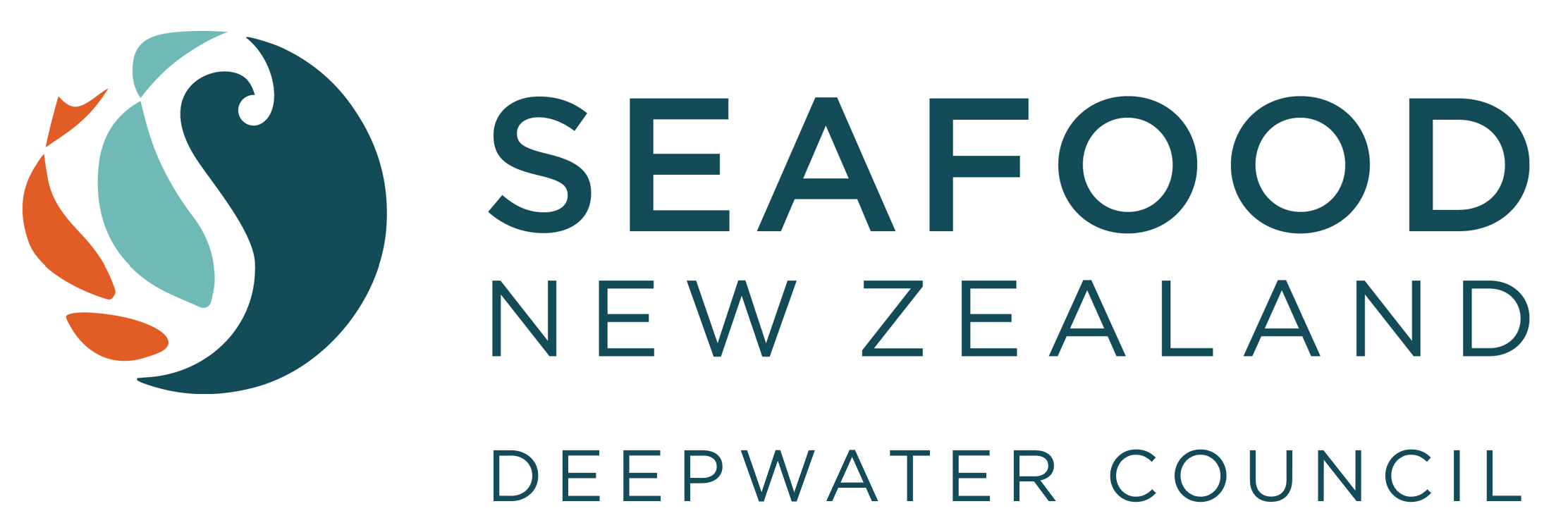Environmental organisations unsure how science works
Published: 21 February 2018
Recent attacks from environmental organisations on the Marine Stewardship Council (MSC) and New Zealand’s seafood industry have reached a new level of banality and predictability.
As MSC continues to succeed and to certify more and more of the well managed fisheries, particularly within the Western world, we can expect the stridency of NGOs to ramp up against the MSC. Rather than applauding and supporting sustainable fisheries practises as one could expect, those NGOs who are fundamentally opposed to fishing and who see their business models under attack are increasingly turning their attacks against the MSC and their certification standards. The mischief will continue long after the rationale has abated.
In an open letter, over sixty global NGO groups, including Forest & Bird and Greenpeace, criticised the MSC for its certification programme and, in the process, identified two New Zealand fisheries – hoki and orange roughy – which they claim are “controversial and considered unsustainable.”
Considered by whom? Certainly not by objective scientists nor by the independent scientific experts who spent months reviewing all of the information, including that provided by the above groups, before determining these fisheries meet the world’s gold standard for sustainability – as held by the MSC.
New Zealand’s two hoki fisheries were first certified in 2001, have been audited every year since, and are currently undergoing their third MSC five-yearly reassessment. They were the first large whitefish fisheries to gain MSC certification.

Salvin's albatross. Photo: Philip Griffin
In their letter, the NGOs allege: “The hoki fishery has ongoing and increasing levels of bycatch of Salvin’s albatross in the trawl nets at a level that is likely to be preventing populations from recovering and may be causing further decline…the individual impact of the hoki fishery alone, are likely to be preventing the recovery of this critically endangered albatross.”
Deepwater Group chief executive George Clement notes these claims are not supported by the science and amount to no more than “spurious allegations.”
Salvin’s are not listed as “critically endangered” but as “vulnerable” by IUCN, and the Ministry for Primary Industries’ most recent seabird risk assessment considers the potential risk from all New Zealand fishing activities to be below a level that would adversely affect the population.
The fisheries interactions with Salvin’s mollymawk are carefully monitored and assessed by the Ministry for Primary Industries and Department of Conservation, as well as the Conformity Assessment Bodies as part of MSC certification.
Salvin’s nest in two main locations within the New Zealand region – Bounties Island and Snares Island. The Department of Conservation routinely undertakes population counts to monitor this species. The most recent survey in 2013 estimated 40,000 breeding pairs on Bounty Island, a 26 percent increase on the 2010 survey results. The total New Zealand Salvin’s population is estimated to be in excess of 100,000 birds.
“No one wants to catch a bird, but regrettably Salvin’s albatross are occasionally caught in the hoki fisheries. However, the assertion that the deaths of up to 50 a year is impacting on a population in excess of 100,000 is untrue,” said Clement.
These mortalities represent around 0.05 percent of the population and the Ministry for Primary Industries’ risk assessment estimates that it would take more than 3,500 mortalities from fishing to adversely affect this population.
Since 2006, the hoki fleet has deployed mitigation devices and vessel-specific offal management measures that have significantly reduced the numbers of seabird interactions. The industry remains committed to doing all it can to minimise interactions further and to as close as zero as possible.
The NGOs also attacked the three orange roughy fisheries certified in 2016, alleging that there is a history “of serial depletion and repeated stock crashes” and “under reporting and dumping of fish species.” Here they simply drag out the same arguments they have rehearsed in front of the MSC assessors and the Independent Adjudicator, which have already been considered and dismissed in their determinations.
Clement noted the industry had learnt hard lessons in the fisheries’ infancy when catch limits had been set too high, but have long since gained more information enabling the industry to rectify those mistakes and adjust the management settings to more conservative levels and rebuild these stocks in size.
“Up until 2000, we used the stock assessment tools that had proven effective in the Northern Hemisphere - stock assessments, trawl survey methods, and productivity assumptions. But, we soon learnt these approaches did not work well for orange roughy. From 2000 onwards, we had a renewed focus. We closed fisheries, rebuilt stock sizes, and developed improved scientific tools to more accurately count, assess and manage these orange roughy populations,” Clement said.
Clement dismissed allegations of under-reporting and fish dumping made by the Sea Around Us programme in 2016.
“The Sea Around Us report is full of unsubstantiated claims and outrageous catch fabrications – it even attributes an estimated orange roughy catch of 6,780 tonnes to recreational fishers! You would go a long way to find even one orange roughy caught by a recreational fisher.
“It also claims there was an industrial catch of orange roughy of 112,000 tonnes between 1950 and 1978, at a time before anyone knew of, or targeted, orange roughy in New Zealand waters.
“The letter's regurgitation of these baseless allegations speaks volumes about the lack of the authors’ knowledge on these fisheries and is, in essence, irrelevant to progress being made in sustainable fishing practices.
Having said that however, we would welcome the active support from these groups to continue and refine improvements in the sustainable management of these fisheries as there will always be room for further improvements. ”

